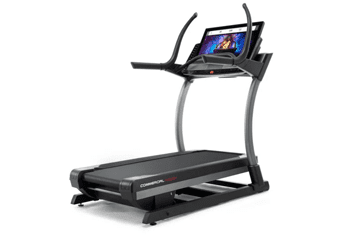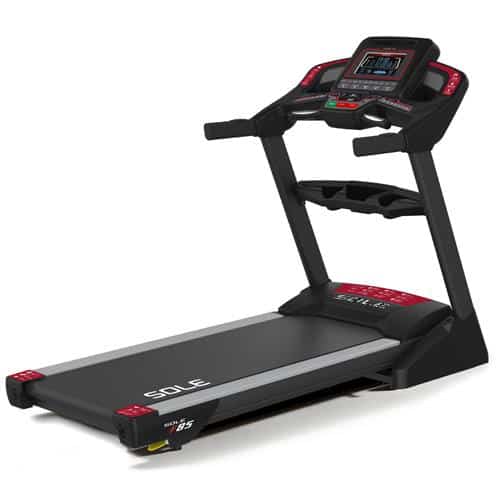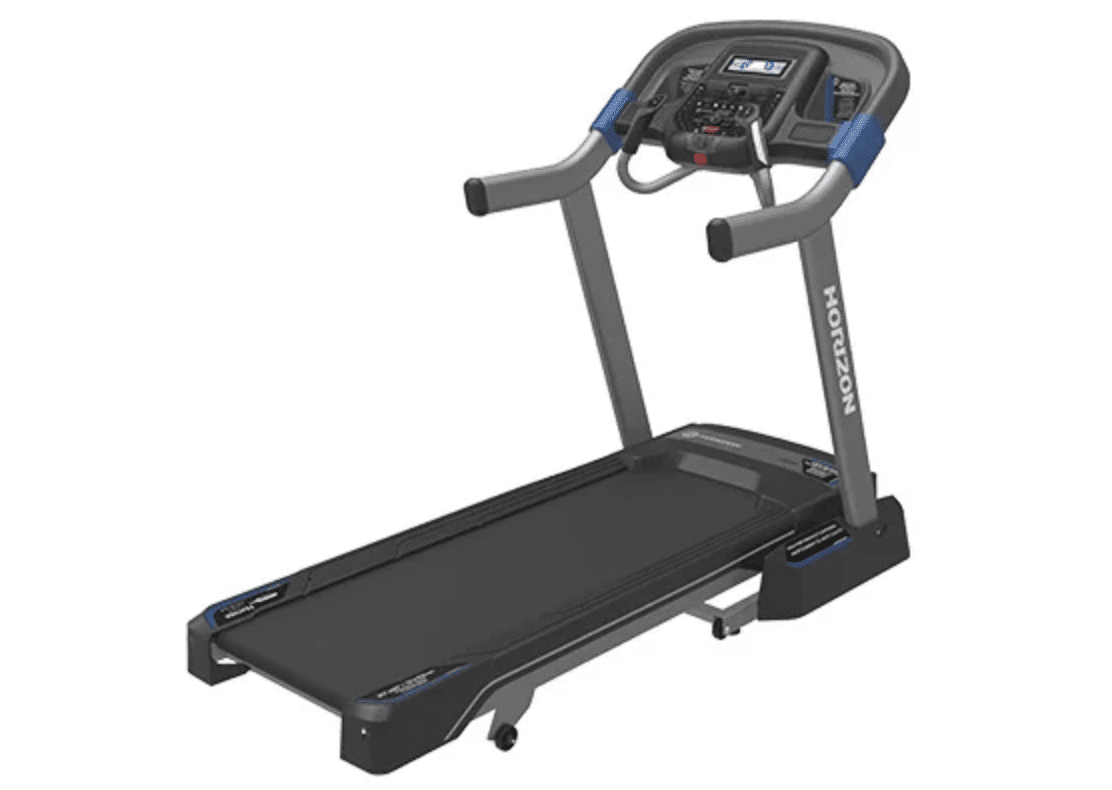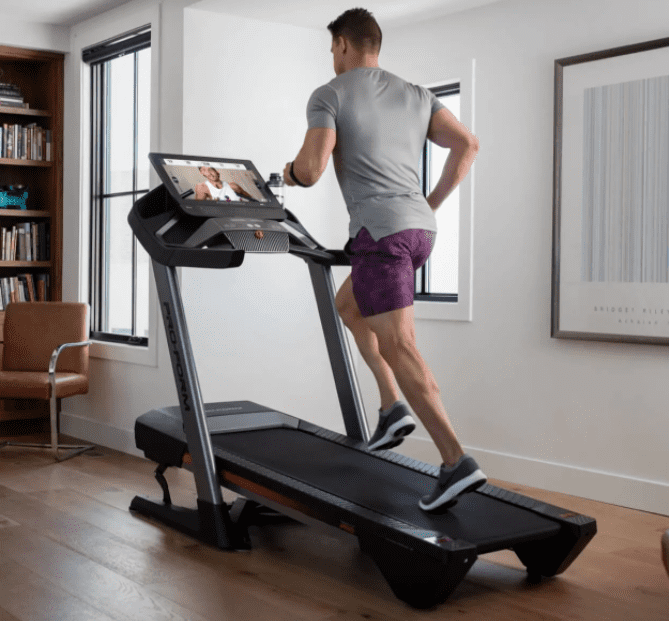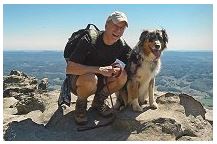
Written by Team Member Fred Waters
Table of Contents
Fred Talks About How Your Type of Running Surface Makes a Big Difference
I have been running for approximately 30 years. I realized some time back that if I were going to continue this form of exercise into my later years,I would need to consider the ramification of the constant impact to my legs, ankles, knees and joints. These days I avoid running on any hard surface like asphalt or concrete. When I travel to an urban environment, and I am forced to run on a non-forgiving surface, I pay the price the next day. Your running and walking surface makes a big difference.
When I was in my 30’s I would run on asphalt streets in da great city of Chicago. I started having trouble with my right knee. It got to the point where it was painful to even cross my legs. I went to the doctor and he suggested that I was beginning to suffer from arthritis from all of my previous years of running. That was not an acceptable answer. I switched my running regimen to a well-rutted dirt path at the local park, and joined the local health club to use their treadmills when Chicago winters prevented outdoor exercising. Gradually the aches and pains disappeared.
As I edge towards 50 I limit my running to wooded trails or a treadmill. Although I may not jump out of bed as quickly as when I was in my 20’s, I can say that all of my joints are in reasonable working condition. I seldom suffer from any strains or stress.
According to a clinical study of 4,000 runners by the Southern California Podiatrist John Pagliano, one of the five leading causes of injury is an improper running surface. The other four are “training errors, inadequate shoes, faulty biomechanics and muscle dysfunction/inflexibility.”
Of course, no one surface fits every runners needs. Some prefer trails, others desire treadmills, and then there are those who favor the feel of sand under their feet. Each surface has its’ virtues and drawbacks. Overall, the best surface is one that is moderately smooth and level. The worse surface is one that is rock hard and irregular. An unforgiving hard surface creates the most shock to your joints. An irregular surface is a minefield for twisted muscles.
Below are the pros and cons of various running surfaces. This would also apply to walking.
 Dirt/Grass Surface
Dirt/Grass Surface
Pros – Running on dirt or grass will offer the lowest impact. There is that natural absorption. Nothing beats running on a smooth manicured lawn, like the kind you would find at a city park or golf course fairway. Beware of flying little round white balls.
Cons – Unfortunately most dirt trails or grassy fields are rough and uneven. You are more prone to twist an ankle. On trails it is important to watch out for leaves that cover rocks, exposed roots or pine cones. You rarely get to view your surroundings since you need to focus on each step you take.
Treadmills
Pros – On quality treadmills you have a surface that is smooth, level and cushioned. In fact, many of the high-end treadmills offer an optional extra thick orthopedic treadbelt (just like running on grass). With pre-set and user designated programs you can vary your workout with different speeds and inclines. And you can watch CNN or the Comedy Channel. The added advantage of running indoors is that you avoid the uncertainties of the weather. Running on snow and ice sucks.
Cons – Running on a treadmill can be boring and you seem to never get anywhere. You are always where you started. Also, you can’t compete with the exhilaration of running in the great outdoors on that perfect spring/summer/fall day.
Asphalt/Concrete Surface
Pros – For outdoor running in an urban area asphalt streets and concrete sidewalks are the most accessible surface. And except for an occasional pot hole (which are very occasional in Chicago), you are assured of a smooth well-maintained surface.
Cons – Road running on asphalt can beat on nearly all of your lower body muscles and tendons, in addition to straining your lower back. In particular, concrete is 10 times harder then asphalt. It batters all your bones, muscles and connective tissue. Can you say stress fracture?
My preference is running on trails. It gives me that rare opportunity to be outdoors. Over the years I have learned to tread lightly and react quickly to unseen, uneven obstacles. When the weather does not cooperative or my time is limited a treadmill is my alternative choice. I can get both my exercise and my daily dose of news at that same time.
Also see top ten running surfaces by Runnerworld. And the importance of changing your running surface.

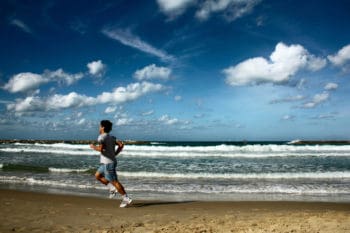 Dirt/Grass Surface
Dirt/Grass Surface